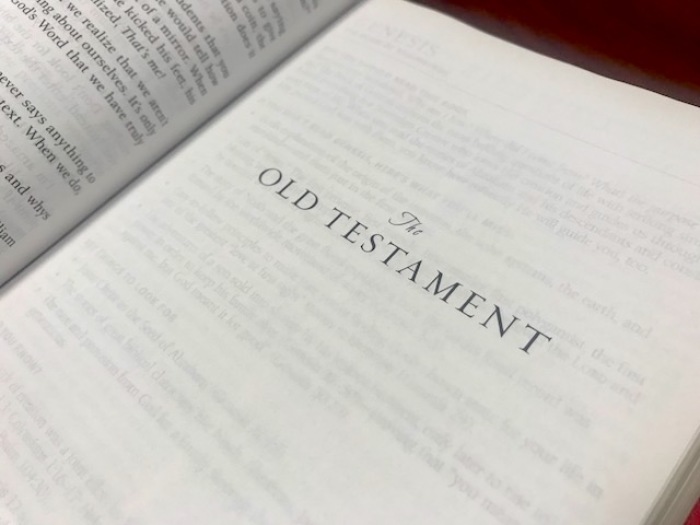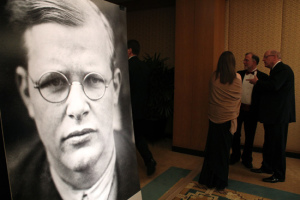Worship at Sinai

Fifty days after the exodus from Egypt, the people of Israel arrived at the foot of Mt. Sinai, where God specifically set apart the worshiping community and gave instructions for how he desired to be worshiped, serving as the formative era of Israelite worship and history.
This encounter is on God’s initiative. The people don’t come on their own in order to attempt to get their God’s attention. Rather, “The Lord called out to [Moses] out of the mountain” (Exod 19:5)—God himself called them to draw near to his presence. After giving Moses the Law, God called Moses, Aaron and his sons, the elders, and all the people to draw near to worship him (24:1).
The people had to remain at a distance, however (v. 2), emphasizing the fact that sin cannot come fully into the presence of God. For this very reason, this worship service continued with necessary consecration of the people. Moses presented God’s “rules” to the people as a way to reemphasize their own sinfulness and then offered the necessary sacrifices of atonement so that they would be accepted (vv. 3–8). God communicated his approval and acceptance of them based on the atoning sacrifice when the leaders of the people “saw the God of Israel, . . . and he did not lay his hand” against them (vv. 9–11). The ultimate expression of the fact that they were now welcome in his presence for communion with him was that “they beheld God, and ate and drank” (v. 11).
Later, after building the tabernacle and consecration of the priests, the nation celebrated a similar worship service, characterized by the fact that they “drew near and stood before the Lord” (Lev 9:5 ). This gathering in God’s presence was based on God’s invitation and dependent upon obedience to his directives (v. 6).
It began with a general call to worship in verse seven, followed by a period in which Aaron and the priests offer atoning sacrifices on behalf of themselves and the people. Verses 23–24 demonstrate the amazing revelation that God accepted their sacrifices, and he revealed this to them by displaying his glory and consuming the sacrifice with fire from heaven. The people now knew that they were accepted by God because of the sacrifice. Following this period of God’s revelation of himself, the people’s sacrifices, and God’s affirmation of acceptance before him, the people listened to the Book of the Covenant as Moses read it in their hearing (Exod. 24:7 ).
They responded with “All that the Lord has spoken we will do, and we will be obedient.” The worship encounter climaxed with an expression of the very essence of worship—communion with God. God once again displayed his glory to his people, and they celebrated by eating and drinking (Exod 24:11 ). In the ancient near east, eating at someone’s table signified that you were welcome and accepted; to eat and drink before the presence of God was a powerful statement that the people had gained acceptance with God, not through their own work, but through the means that he had established.
These services of worship, most frequently described as “solemn assemblies” in the OT, follow a progression that became standard for the worship of God’s people from that time forward: God desired communion with the people he had set apart, but because of their sinfulness, they could not draw near to his presence. Yet he called them to come and provided the means for them to be able to at least partially draw near through a sacrifice of atonement.
Once the people obeyed his commands for sacrifice, God accepted them, albeit partially, and spoke to them. The people responded with commitment and a visible celebration of their acceptance in God’s presence in the form of a feast. This “Sinai liturgy” could be summarized this way:
God reveals himself and calls his people to worship
God’s people acknowledge and confess their need for forgiveness
God provides atonement
God speaks his Word
God’s people respond with commitment
God hosts a celebratory feast




























